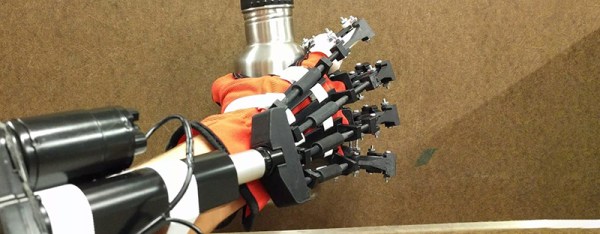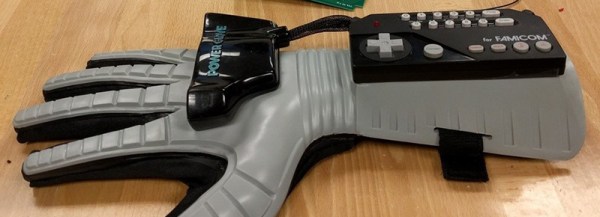[Scott] is building motion-activated lights for under the bed for his Hackaday Prize entry. Admittedly, there are fancier projects for the ‘Assistive Technology’ portion of the prize, but this project helps anyone who would otherwise stumble around in the dark. And as [Scott] jokes, that includes a number of underserved demographics including accident prone people, children afraid of the dark, drunks, and, “drunk accident prone children who are afraid of the dark”.
Although the idea of mounting LEDs under a bed is simple, the devil is in the details. [Scott] is using a PIR sensor to turn these hidden lights on and off when getting into or out of bed. An RTC ensures the LED strip will only be on during the desired hours. In [Scott]’s case, this means from 9PM to 7AM. When movement is detected at the foot of the bed, the lights remain on for about two minutes.
This is a fairly simple project compared to some of the entries we’ve seen in the Hackaday Prize, but it does have a purpose. It’s a great way to scare a child into believing there are monsters under a bed, and it every so slightly reduces the chances of a drunk stubbing their toe. [Scott] produced a video for this project, you can check that out below.






















